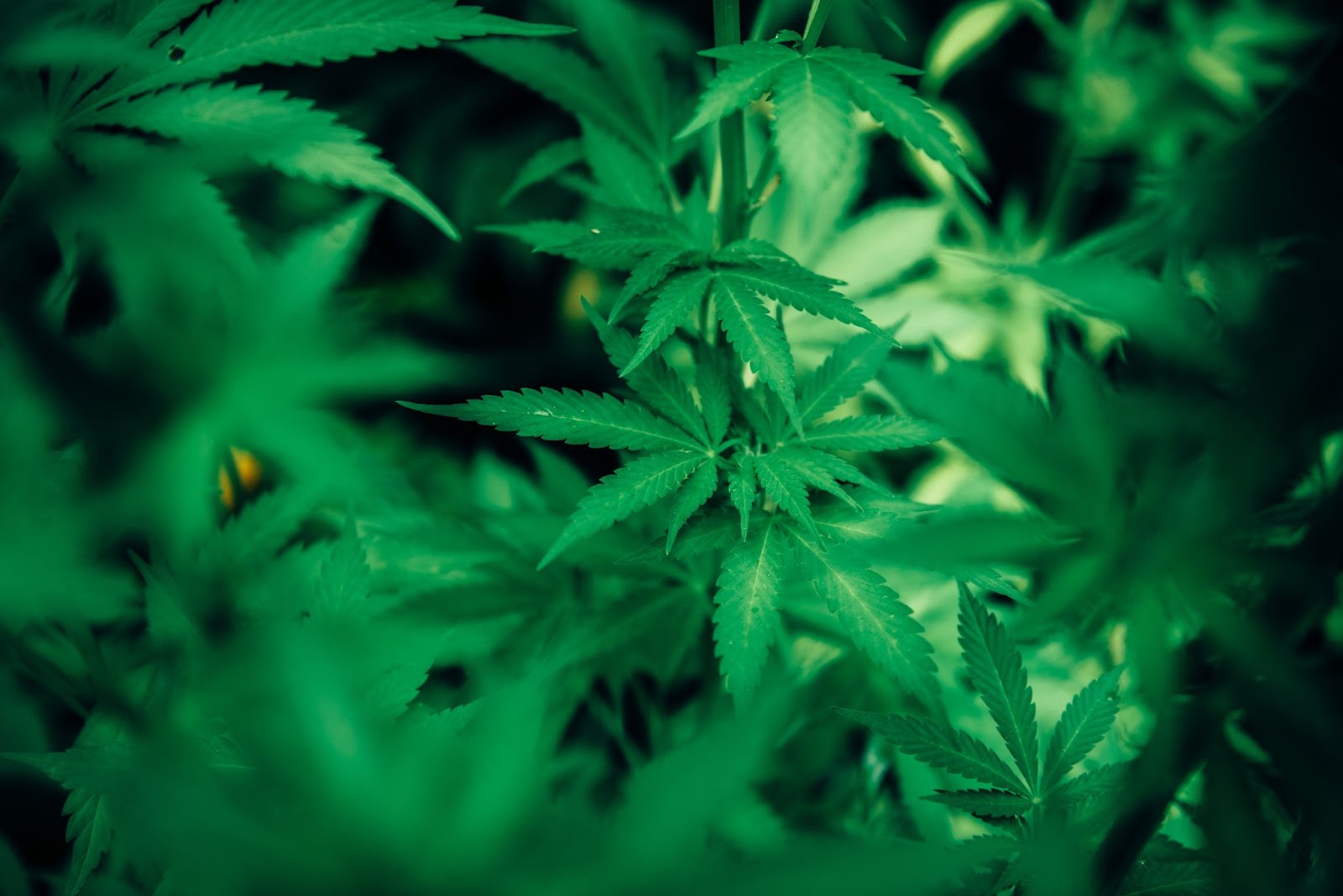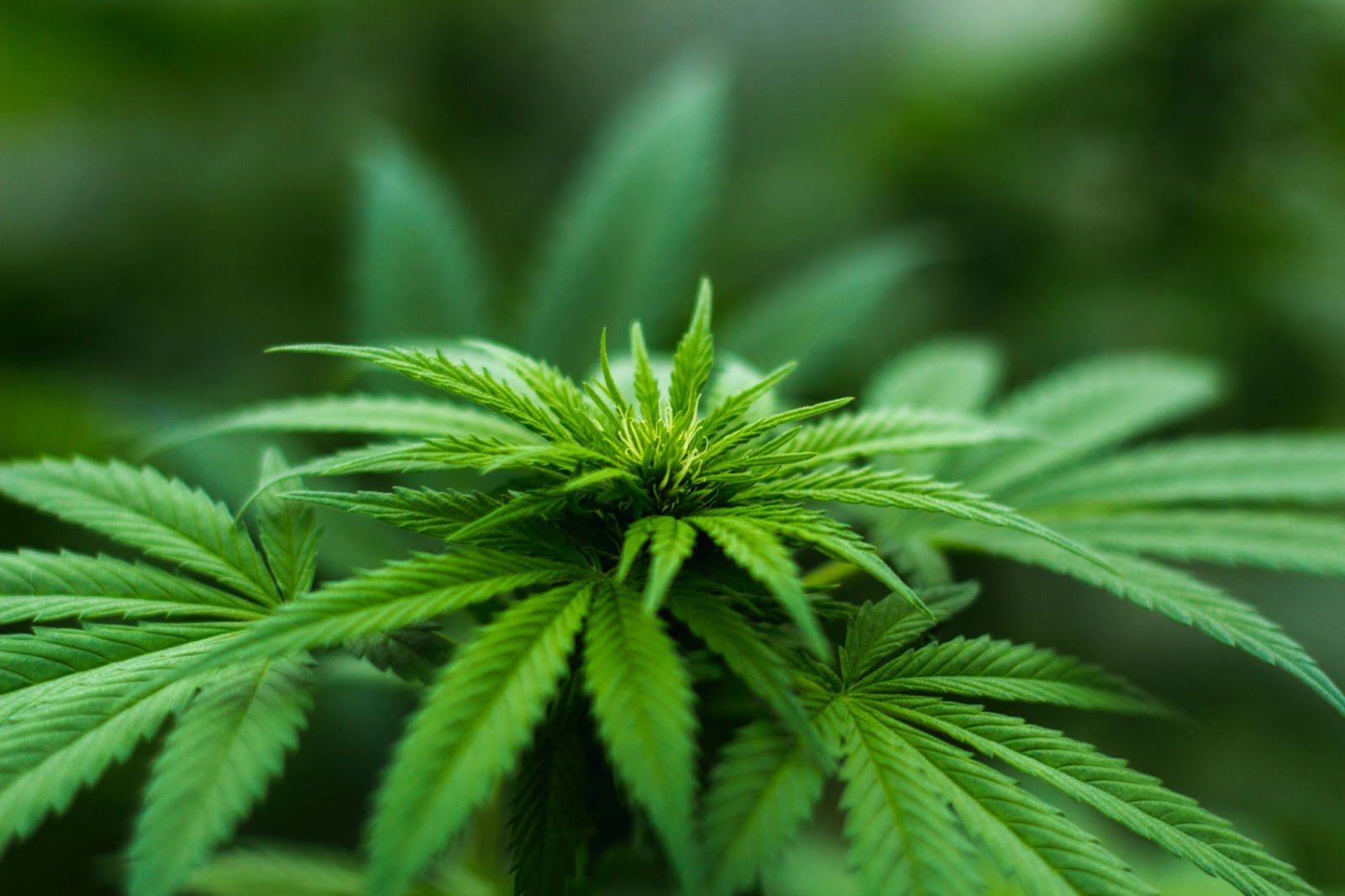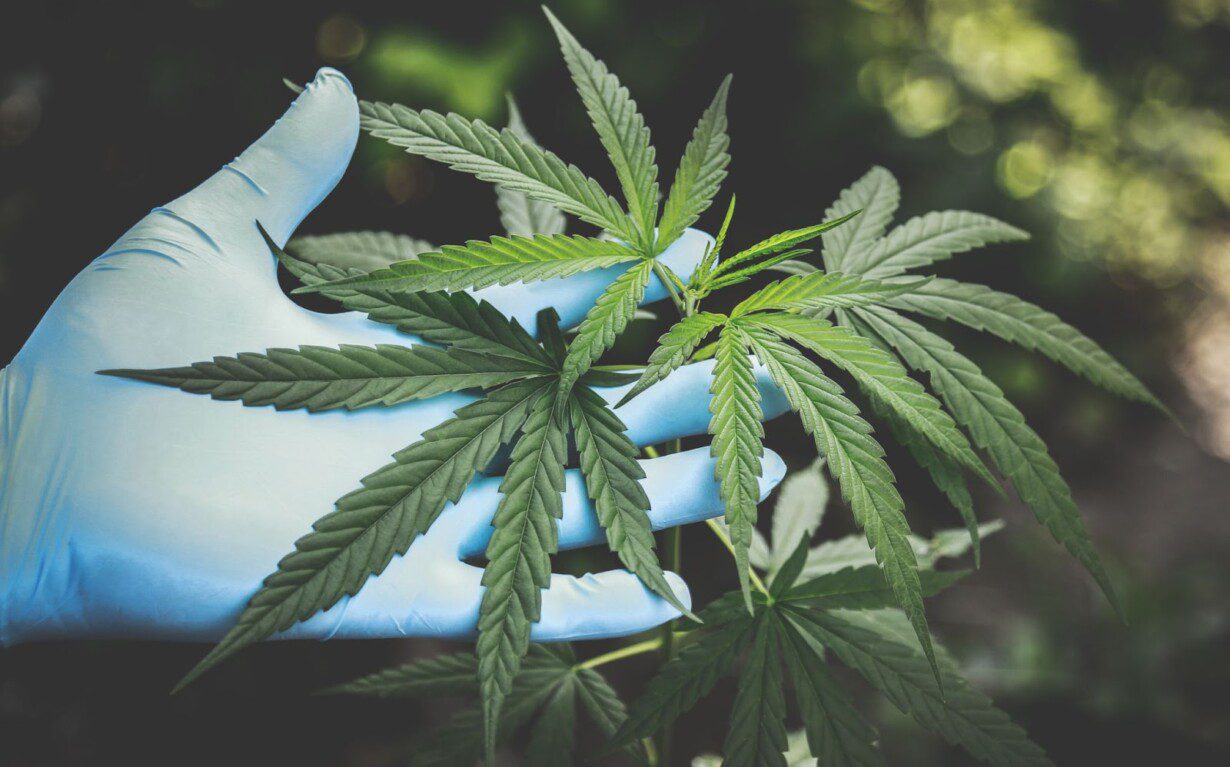How to reduce plastic waste in Hemp cultivation — a complete guide. Know the problems that come with plastic use and what are the sustainable alternatives to the problems.
A few alarming facts for you:
- Each year, 6.3 billion metric tons of plastic end up in landfills. The landfills will hold 12 billion metric tons of plastic by 2050.
- Researchers have found microplastic particles in the placentas of unborn babies.
- Hemp cultivation adds to the problem as the process produces 150 million tons of plastic waste each year.
Okay, now that you know how much plastic waste Cannabis cultivation produce, you want to reduce plastic use in Hemp cultivation. Organizations such as the Hemp Foundation are working towards the same goal. Over 500 environmental groups have appealed to U.S. President Joe Biden to take actionable steps to reduce plastic pollution.
However, how to do it? Hemp cultivation relies on plastic in every step — from using black plastic mulch to suppress weed growth to PVC pipes for irrigation.

This GUIDE will offer you solutions. In the next five minutes, learn all about how to reduce plastic use in Cannabis cultivation. The article will discuss:
- Plastic use in Hemp cultivation and its consequences
- Sustainable alternatives of plastic to solve the problem
Reduce plastic use in Cannabis cultivation — problems and solutions
Problem #1: Using black plastic mulch to suppress weed growth

The practice known as plasticulture uses plastic sheeting to prevent weeds. The black plastic mulch blocks the sunlight from hitting the ground. Thus, the lack of sunlight suppresses weed growth.
The process warms the earth to help seeds germinate. Furthermore, plasticulture promotes crop yield.
While the practice is beneficial, using the black plastic mulch poses multiple threats:
- The plastic residues remain in the soil and take over 300 years to decompose. Plastic under soil means the groundwater will contain plastic residues as well. Thus, you’ll drink water with plastic residues in them. The end result? Researchers finding microplastic residues in the placentas of unborn babies.
- Burning the black plastic mulch releases hundreds of Volatile Organic Compounds (VOC) and carcinogens into the air.
- Removing and disposing of the black plastic mulch at the end of the year costs up to $400 for each acre.
Solution: Natural mulch, landscape fabric, and bare-ground system
Natural mulch
Natural mulch uses materials such as straw and compost to cover the cannabis. The natural mulch, other than preventing weeding growth:
- Breaks down over time and adds valuable nutrients to the soil.
- Retains moisture of the soil.
- Prevents erosion.
Landscape fabric
Landscape fabric — made of ‘breathable’ material such as linen — acts as a cover to stop weeds from growing. You can cover the fabric with natural mulch for better results.
Landscape fabric:
- Suppresses weed growth but allows air, water, and nutrients to pass into the soil. The process promotes cannabis growth.
- Lasts up to 20 years. Thus, you won’t have to invest in another cover for years.
- Decomposes within two weeks if you bury the covers.
Bare-ground system
Farmers till and pull up the soil into low ridges in a bare-ground system. After cannabis plants are set in these ridges, farmers till more soil and toss the soil around the base of the plant. Thus, the height of the ridge increases.
The bare-ground system is beneficial as:
- The bare-ground system lowers weed density.
- The bare-ground system enhances nutrient and water availability.
- The bare-ground system triggers the germination of deeply buried seeds.
Problem #2: Using plastic pots as growth containers

Plastic pots are popular among farmers as:
- They offer the cannabis structure
- They’re sturdy
- They can be reused for up to 3 seasons
However, plastic pots come with their set of drawbacks as well:
- When cannabis roots hit the walls of a plastic pot, the roots turn and grow in circles. The circular roots choke the plant with time. Furthermore, the circular roots prevent small root ends from growing. Thus, the plant cannot absorb water and nutrients.
- Plastic pots trap heat during the day and release the heat at night. The excessive heat dehydrates the plant, disrupts nutrient transportation, and damages the leaves.
- After you discard the pots, it takes over 450 years for the pots to decompose.
Solution: Air pots and fabric bags
Air pots
Air pots come with numerous holes or perforated sheets that allow air inside. The pots are a great alternative for plastic waste control in cannabis cultivation as:
- The pots are made of fabric, paper or recycled plastic. Thus, you’re not adding plastic to the environment.
- The pots promote cannabis growth. When cannabis roots hit air instead of solid plastic, roots stop outward growth. Instead, the roots focus on fibrous, lateral, and dense root growth. The process helps the plants to absorb more oxygen, nutrients, and water. Thus, plants grow faster.
- Air pots release excess heat and keep the plant cool.
Fabric bags
Fabric bags conform to the plants you put inside the bags. Fabric bags:
- Offer thousands of tiny pores allowing excess water to drain out and air to flow through.
- Lasts for up to 10 years.
- Are biodegradable. Thus, you won’t have to worry about fabric residues in the soil.
Problem #3: Using trellis netting for better growth and airflow

Trellis netting:
- When spread evenly across the tops of the plants, offers equal spacing between the plants. The process allows for enhanced airflow.
- Furthermore, trellis netting helps each plant to receive equal sunlight. Thus, the process promotes fuller flower growth.
- Offers protection against mold and bud rot.
However, trellis netting poses an environmental threat because:
- Shaped similar to fishing nets, the netting ends up in the ocean and contributes to the 14 million tons of plastic waste in the oceans.
- When in ocean, the netting traps all kinds of sea creatures including sea lions, whales, dolphins, penguins, and turtles.
- When dumped in a landfill, the netting takes over 450 million years to decompose.
Solution: Biodegradable netting
Biodegradable netting is made up of natural materials such as jute. Biodegradable netting is a more sustainable option than trellis netting as:
- Biodegradable netting decomposes within weeks.
- If you want to make composite piles from the biodegradable netting, add fallen leaves and vegetable wastes and you’re all set.
- Biodegradable netting reduces soil erosion.
- Biodegradable netting offers an ideal environment for vegetation regrowth.
- Biodegradable netting is reusable, rollable, and comes with non-slip features. Furthermore, the netting doesn’t give off any odor plastic can.
Problem #4: Using PVC pipes in irrigation

Farmers use PVC pipes for in-field dip irrigation as:
- PVC pipes are cheap.
- PVC pipes are resistant to abrasion, rotting, weathering, shock, and chemical deterioration.
- PVC pipes are easy to set up.
However, PVC pipes pose serious threats to the environment:
- Vinyl chloride — a component used to make PVC — is a carcinogen, as confirmed by the Department of Health and Human Services. Exposure to vinyl chloride heightens the risk of a rare form of liver cancer in humans.
- PVC production uses about 40% of global chlorine production. Furthermore, the production process releases a toxic by-product organochlorine. Exposure to organochlorine can lead to endocrine dysfunction, developmental impairment, and birth defects, among others.
- PVC production releases another toxic by-product dioxins. Exposure to dioxins can lead to cancer, dysfunctional immune and reproductive systems, and diminished intelligence, among others.
- PVC pipe production releases toxic lead as well. Exposure to lead — even in extremely small doses — can lead to reduced intelligence and cognitive ability and damage brain development.
Solution: Metal and concrete pipes
Metal pipes
Two common ingredients for metal pipes are copper and stainless steel. Metal pipes offer a perfect solution for irrigation usage as:
- Metal pipes are resistant to corrosion and leakage.
- Metal pipes never pollute water as bacteria can’t thrive inside the pipes.
- Metal pipes can tolerate extreme temperatures — both for hot and cold water.
- Metal pipes last for at least 50 years. Thus, you won’t have to change pipes for endless seasons of cannabis cultivation.
- Materials of the metal pipes can be recycled.
Concrete pipes
Concrete pipes — especially Reinforced Concrete Pipes (RCPs) — is a more sustainable alternative than PVC pipes as:
- Concrete pipes offer durability with their 100-year lifespan. Thus, you won’t have to replace pipes for a lifetime.
- Concrete pipes leave a lighter carbon footprint. Thus, the pipes have a minimal negative environmental impact.
- Concrete pipes are easy to install.
- Concrete pipes are resistant to fire and weather.
- Concrete pipes are an economic alternative to PVC pipes.
Reduce plastic use in cannabis cultivation — it’s the need of the hour
The Centre for International Environmental Law confirmed if the cannabis industry continues to use plastic on the present growth trajectory, global GHG emissions will reach 1.34 gigatons per year by 2030. That’s similar to over 295 500-megawatt coal plants.
Thus, you must reduce plastic use in cannabis cultivation. In this article, you’ve learnt:
- How plastic is used in cannabis cultivation and how it pollutes the environment
- Alternatives you can use that help in cannabis cultivation without harming nature
The knowledge will help you make informed decisions.
Sources:
https://mjbizdaily.com/tips-for-reducing-and-eliminating-plastic-use-in-cannabis-cultivation/
https://www.fao.org/publications/card/en/c/CB7856EN
https://www.cbc.ca/news/canada/new-brunswick/cannabis-packaging-excess-1.4870682
https://projarinternational.com/blog/how-to-avoid-plastic-waste-in-cannabis-industry/
https://www.cannabistech.com/articles/reducing-the-cannabis-industrys-plastic-problem/
https://www.treehuggercontainers.com/thc-blog/the-plastic-problem-in-the-cannabis-industry
https://www.plasticfreepresident.org/
https://www.filmorganic.com/blog/filmorganic-a-profitable-solution-for-farmers
https://www.royalqueenseeds.com/blog-can-air-pots-and-smart-pots-increase-cannabis-yield-n730
https://www.findthisbest.com/best-garden-netting/biodegradable
https://www.unep.org/news-and-stories/story/how-plastic-infiltrating-worlds-soils
https://spectrumnews1.com/ca/la-west/marijuana/2020/06/10/cannabis-industry-generates-150
https://www.thespruce.com/how-to-install-landscape-fabrics-2132945
https://www.nrdc.org/onearth/single-discarded-fishing-net-can-keep-killing-centuries

